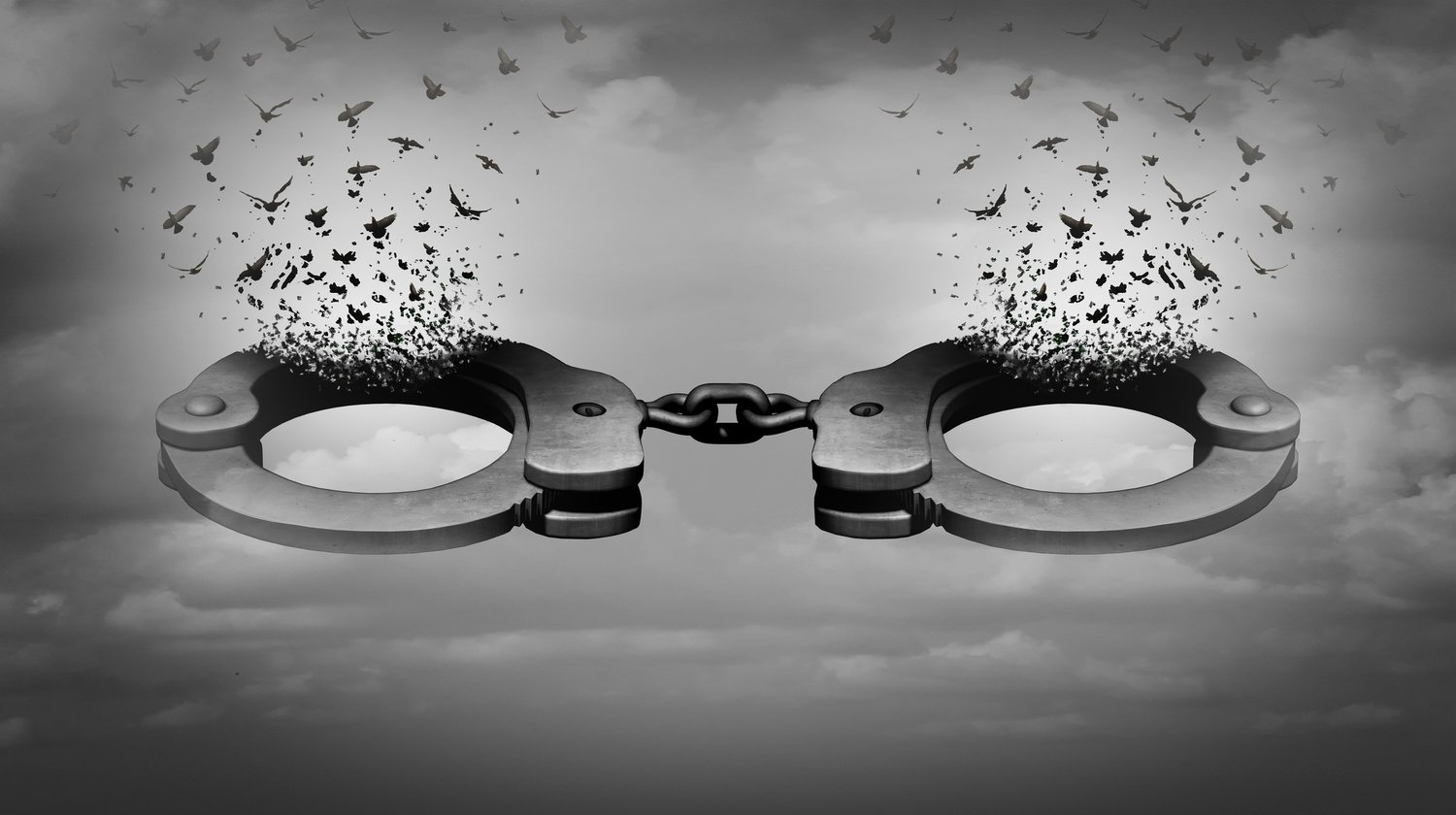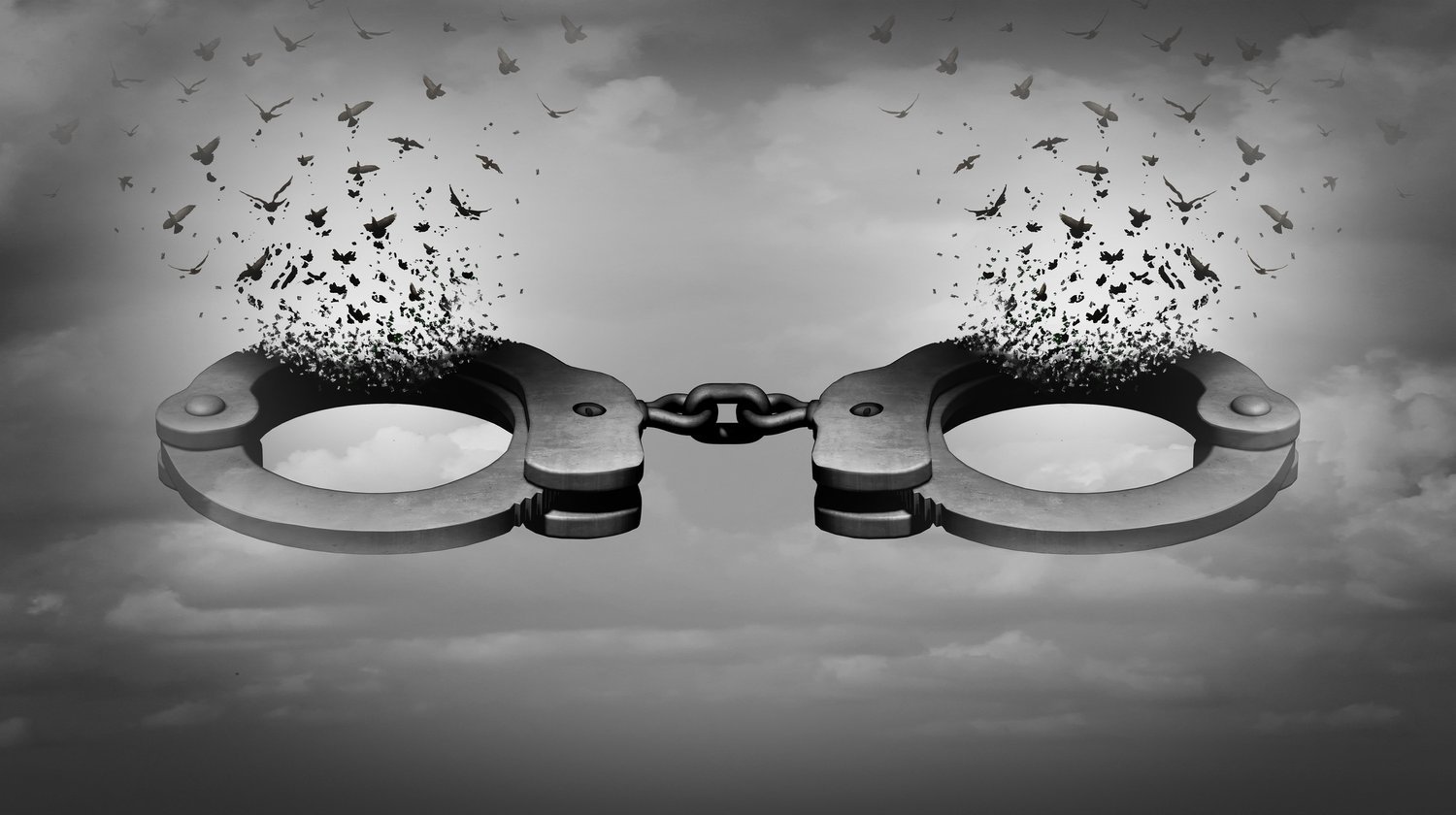
Take a moment and think. What images come to your mind when you think of “gangs”? Reflect. Do you have negative, positive, or neutral associations? Do you feel happy, sad, angry, neutral?
People may not be inclined to care about gang members because of the rhetoric that exists around gangs in the United States. Gangs are commonly associated with organized crime and terror. However, young people typically join gangs to find community, not to commit violent crime. Often, people also join gangs because of the financial incentive that is necessary for survival. Typically, young men feel as though joining a gang is their only option for survival, and because they are usually teens or younger, they succumb to peer pressure easily. The concept of a gang has racial implication as well, due to historical discrimination of young Black and Brown men. When we think of white supremacist organizations that commit violent crime, they are usually called “groups,” a word with much less stigma surrounding it. Because of the negative and violent associations pushed by the media and government around gangs, the public fear of gang violence increased from the late 20th century to the early 21st century. In an attempt to curb gang violence and reduce fear surrounding gangs, local governments across the country have implemented gang injunctions.
What are Gang Injunctions?
Civil gang injunctions are a type of restraining order issued by courts in the United States that prohibit alleged gang members from participating in specified activities. Specified activities may include associating with certain people (this could include close family/household members), wearing certain colors, doing certain gestures or symbols with your hands, or exiting your property outside specified hours. Gang injunctions are civil court orders, which use a lower legal standard than that required by the criminal justice system and so, those served with gang injunctions are not automatically given an attorney like a defendant in a criminal case would be. As discussed in the previous section, by naming this kind of restraining order a “gang injunction,” it immediately excludes white supremacist hate “groups,” that often spread hateful ideologies, from being prosecuted.
What is their purpose?
The purpose of gang injunctions is to reduce gang violence. However, statistics prove that they are not productive in curbing gang violence. They have instead been proven to increase the tendency to commit crime again, and push crime into surrounding areas. Efforts that do help reduce gang violence encompass several strategies, all aimed at combating systemic injustice within communities. These strategies include funding social services, providing educational after-school opportunities for young people, conflict resolution training, and softening schools policies to reduce suspensions and expulsions.
How are they harmful?
When it comes to serving gang injunctions, police have broad discretion when labeling people gang members. This encourages racial profiling and increases racial disparities in communities. Gang injunctions criminalize membership in gangs rather than criminalizing individual acts, such as assault or theft. Those served with gang injunctions do not have an opportunity to challenge the injunction and do not have the right to legal counsel. Injunctions are often permanent and take a long process to reverse that many people do not have the time, money, or resources to do.

Felecia Phillips Ollie DD (h.c.) is the inspiring leader and founder of The Equality Network LLC (TEN). With a background in coaching, travel, and a career in news, Felecia brings a unique perspective to promoting diversity and inclusion. Holding a Bachelor’s Degree in English/Communications, she is passionate about creating a more inclusive future. From graduating from Mississippi Valley State University to leading initiatives like the Washington State Department of Ecology’s Equal Employment Opportunity Program, Felecia is dedicated to making a positive impact. Join her journey on our blog as she shares insights and leads the charge for equity through The Equality Network.




